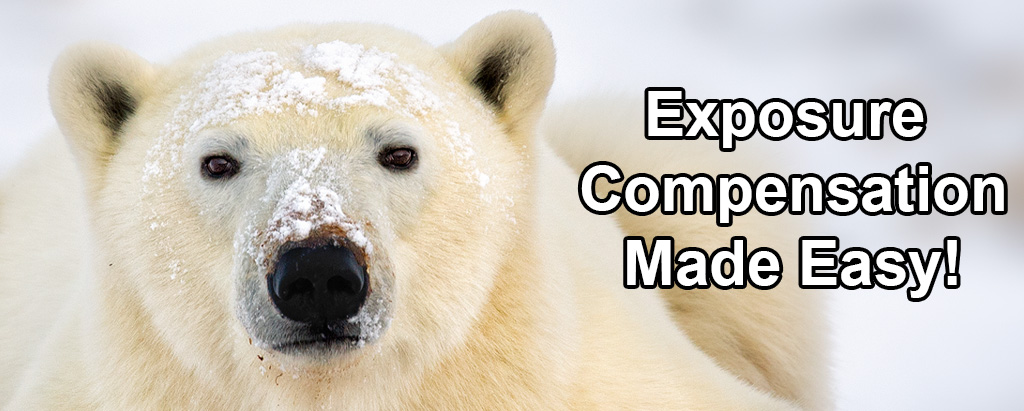I agree completely and this perspective has played out in my own field use as well.
If I'm shooting a fairly dark subject against a light background (think bird in tree, duck on a lake, bird flying overhead against a bright sky, etc) I've found anywhere from .7 to +.3 exposure compensation is needed. Over time and a lot of botched shots, I've kind of got a feel for about what to use and usually my guesses are close enough that I can tweak in post processing by boosting shadows or lowering highlights or some combination of the two.
Conversely if I'm shooting a bright or light color object against a dark background (like the OP's egrets, light color bird against a background of dark forest (think hawk or owl or gulls against dark sand or trees, etc.) it is the reverse between -.3 and -3 depending on the subject. Again, trial and error is the best teacher here. You can spot meter but that's not always right either depending on how much of the scene your subject occupies.
As for image results, my experience with a D500 and D7200 is +3 or -3 are the razor edge of an acceptable image. At that extreme, either the sky or background is so blown out as to render the image almost useless unless cropped in to show only the subject, or going the other way, the background is pure black. In some cases the black background works (I tend to find it works well for brightly colored wildflowers against a dark background, just expose for the flower and let the background go black or some out of focus dark almost black green.
Bottom line to the OP's question, shooting egrets against a dark background probably dial-.7 to -1.2 or maybe even -2 depending on how much light is on the egret and how little is on the background.
Hope this helps. Other cameras with more dynamic range may offer different results.
Jeff


